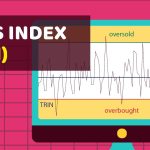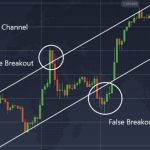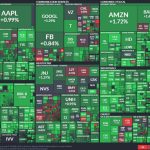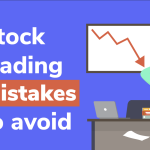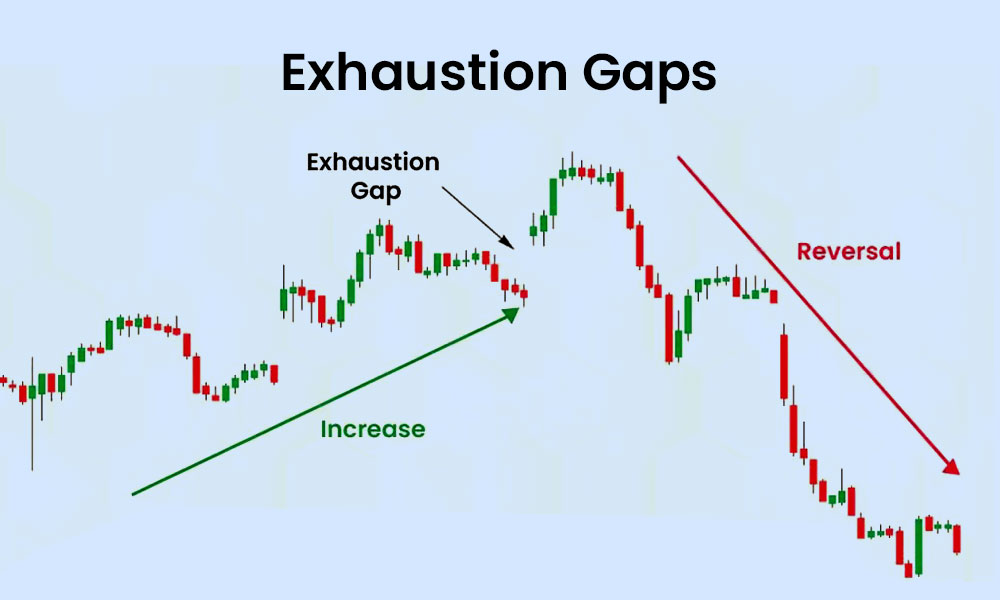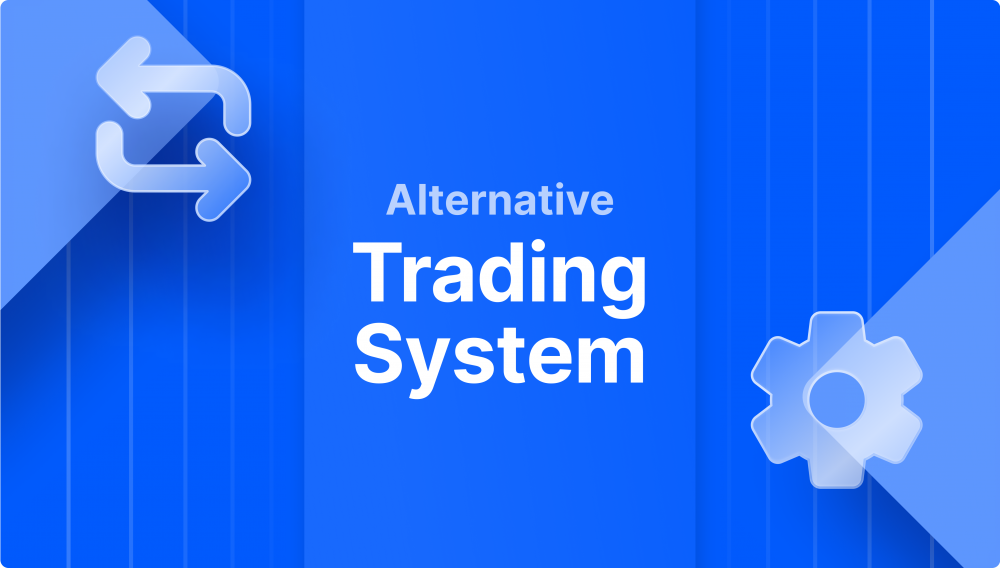
By ATGL
Updated October 15, 2025
Modern equity markets extend well beyond traditional exchanges. A large share of institutional flow executes on Alternative Trading Systems (ATSs)—electronic venues that match orders outside public exchange order books. If you trade actively or advise clients, understanding how ATSs operate helps you evaluate execution quality, liquidity, and potential market impact. This guide explains what an ATS is, how it works, the main types you’ll encounter, and how these venues affect transparency, price discovery, and trading strategies.
What Is an Alternative Trading System (ATS)?
An Alternative Trading System is an electronic platform that matches buyers and sellers off-exchange. In the U.S., ATSs are registered as broker-dealers and operate under Regulation ATS. They are not exchanges and do not assume the same self-regulatory responsibilities as national securities exchanges. Instead, they provide order-matching services to participants who meet venue requirements, often focusing on speed, anonymity, and minimized market impact.
Common users include asset managers, pension funds, quantitative firms, broker-dealers, and market makers. While ATSs can support a range of listed and certain unlisted instruments (equities, ETFs, fixed income), equity and ETF trading attracts the most attention from active traders.
Examples of alternative trading system types you’ll see referenced in market structure discussions:
- Electronic Communication Networks (ECNs) that auto-match displayed or hidden liquidity.
- Dark pools, which are ATSs that do not display pre-trade quotes and typically publish prints only after execution.
- Crossing networks or call/auction venues that match orders at scheduled times or at a reference price (e.g., midpoint).
For a deeper dive into non-displayed liquidity, review Stock Market Dark Pools.
How Do Alternative Trading Systems Work?
At a high level, an ATS collects incoming orders from its participants and matches them internally according to the venue’s rules. The process typically emphasizes:
- Anonymity: Orders are not attributed to the submitting firm in the match process.
- Internalization and routing logic: Some ATSs cross orders internally first and then route the remainder to other venues to meet best-execution obligations.
- Price formation relative to public markets: Many ATSs derive prices from the National Best Bid and Offer (NBBO) and will execute at or within the NBBO (e.g., at midpoint).
- Order types and priority: Matching rules vary (price-time, pro-rata, midpoint priority, size thresholds, minimum quantities).
The key operational difference from a public exchange is pre-trade transparency. On a lit exchange, the limit order book displays price and size across levels. On many ATSs, especially dark pools, you do not see the resting interest before your order interacts. That can reduce signaling risk for large trades but also makes it harder to assess true depth.
Institutional workflows often route parent orders through smart order routers (SORs) that spray child orders across exchanges and ATSs to minimize market impact and information leakage. For traders evaluating execution quality, that means you should monitor fill rates, slippage vs. NBBO or VWAP, and markouts (price movement after your trade).
The Main Types of Alternative Trading Systems Explained
Electronic Communication Networks (ECNs)
ECNs are automated venues that match orders at displayed prices or inside the spread. Some ECNs show quotations to the consolidated market feed; others operate with hidden or iceberg interest. They are widely used by market makers and high-frequency firms for rapid, low-latency interaction. ECNs can be lit, semi-lit, or dark depending on how they display interest.
Dark Pools
A dark pool is an ATS with no pre-trade display. Orders interact at a reference price (often midpoint between NBBO) or at pegged prices. The design reduces price impact and information leakage for large or sensitive orders. The trade-off is less transparency and potential venue toxicity if you interact with adverse selection (for example, counterparties that trade only when it benefits them). Managing minimum quantities, conditional orders, and counterparty groups helps improve outcomes.
Crossing Networks and Call/Auction Markets
Crossing networks execute periodic matches at a defined time or price (e.g., at the close or at NBBO midpoint on schedule). Call/auction designs can batch liquidity, which helps participants achieve size without signaling to continuous markets. The trade-off is timing risk: if the auction price shifts due to news or order composition, fills can deviate from expectations.
ATS vs Traditional Stock Exchanges: Key Differences
Regulatory status.
- Exchanges are self-regulatory organizations (SROs) with listing standards and surveillance obligations.
- ATSs are broker-dealers supervised by the SEC/FINRA and must comply with Regulation ATS, including reporting, transparency (Form ATS-N for many equity ATSs), and systems safeguards, but they are not SROs.
Transparency.
- Exchanges publish real-time pre-trade quotes (the order book).
- Many ATSs—especially dark pools—do not display pre-trade interest. Prints are reported post-trade via the consolidated tape.
Price discovery.
- Exchanges drive primary price discovery due to displayed liquidity and opening/closing auctions.
- ATSs can improve execution quality (reduced impact, midpoint price improvement) but rely on exchange quotes to anchor pricing.
Participants and purpose.
- Exchanges serve all investor types under uniform rules.
- ATSs often target institutional or broker-dealer clientele seeking lower impact, anonymity, and tailored matching logic.
Market integrity trade-offs.
- ATSs add liquidity and reduce costs for block trading but can fragment order flow, making it harder to infer total depth. Thoughtful routing and analytics are necessary to maintain best execution.
For background on how hidden liquidity interacts with risk, see Stock Market Liquidity Risk.
Advantages and Drawbacks of Trading on an ATS
Advantages
- Reduced market impact. Non-displayed matching and midpoint executions lower signaling risk for larger orders.
- Anonymity. Counterparties typically remain unknown, decreasing information leakage.
- Potential price improvement. Midpoint and within-spread fills can beat NBBO by ½ tick or more, improving realized costs.
- Execution flexibility. Conditional orders, minimum quantities, and venue-specific priorities can help implement complex tactics.
Drawbacks
- Limited pre-trade transparency. You cannot see resting depth, which complicates sizing and timing decisions.
- Venue toxicity and adverse selection. Without careful controls, you may receive fills only when prices are about to move against you. Monitoring markouts is essential.
- Fragmentation. With many ATSs and exchanges, liquidity is scattered. Smart routing is required to avoid missed fills or higher slippage.
- Fairness and access questions. Some venues or features may be more accessible to broker-dealers and institutions than to retail traders.
Your objective is to measure whether ATS interaction helps execution. Treat it as a testable hypothesis, not a blanket rule. Our guide on Backtesting Trading Strategies outlines how to design evaluations and avoid overfitting; you can apply the same discipline to execution analytics.
The Role of Alternative Trading Systems in Market Liquidity and Price Discovery
Liquidity contribution.
ATSs increase available non-displayed liquidity, especially at midpoint and at size, enabling institutions to move risk with lower impact. This can reduce effective spread costs for participants who receive high-quality matches.
Fragmentation and routing.
The growth of ATSs means liquidity is spread across many pools. Effective smart order routing and venue analytics are necessary to locate the best combination of fill probability and cost. Traders who ignore ATSs may face higher market impact on exchanges; traders who rely exclusively on ATSs may suffer opportunity cost if displayed quotes move away while they wait for a midpoint match.
Price discovery.
Because many ATSs reference the NBBO, exchanges remain the anchor for price discovery. However, heavy ATS participation can dampen displayed depth, occasionally leading to sharper moves on lit books during news events. Monitoring slippage relative to VWAP and reversion after fills helps you determine whether a given venue mix supports your goals.
Interaction with automation and HFT.
Some ATSs permit interaction with market makers and high-frequency trading firms that provide two-sided liquidity. Others restrict counterparties. Your outcome depends on counterparty mix, minimum size, and latency. For context on speed and queue dynamics, review High-Frequency Trading.
Tactics and indicators.
Execution strategy should complement your technical process. If your system uses momentum entries, consider whether midpoint interaction will delay fills. If you trade mean-reversion, midpoint may align with your desired price. Our List of Technical Indicators can help you formalize entry/exit criteria; then measure whether ATS routing improves realized outcomes versus your benchmarks.
Regulatory Considerations: Registration, Reporting, and Controls
Registration and oversight.
In the U.S., an ATS operates as a registered broker-dealer and must comply with Regulation ATS and applicable FINRA rules. Equity ATSs file Form ATS-N, which discloses operating procedures, order types, and data usage policies. Compliance programs typically address fair access, conflicts of interest, systems safeguards, and surveillance.
Fair access and conflicts.
Larger ATSs may be required to provide fair access to qualified participants and to disclose how they prioritize or restrict counterparties. Venues must manage potential conflicts where the operator also runs a broker-dealer execution business.
Data handling.
Policies covering information barriers and data usage are central. Traders should review broker disclosures to understand whether venue-level data can influence routing or market making.
International note (ATS vs. MTF).
Outside the U.S., similar venues exist under different labels. In the EU and UK, Multilateral Trading Facilities (MTFs) and Organised Trading Facilities (OTFs) serve related purposes within MiFID frameworks. While the regulatory categories differ, the practical questions for traders—transparency, costs, and interaction rules—are similar.
Practical Guidance for Traders and Advisors
- Benchmark execution quality.
Track implementation shortfall and VWAP slippage. Evaluate ATS fills by markout: markout = execution price − price x seconds after fill. Negative average markouts indicate adverse selection. - Control minimum size and interaction.
Use minimum acceptable quantities or conditional orders to reduce gaming by opportunistic liquidity. - Diversify venue mix thoughtfully.
Combine lit (for primary price discovery) and ATS (for impact reduction). Adjust the split by volatility regime and order urgency. - Align routing with strategy.
Momentum entries often benefit from lit interaction for immediacy. Mean-reversion or scaling entries may benefit from midpoint exposure. - Stress-test in volatile regimes.
As spreads widen, some ATSs reduce interaction or change matching frequency. Re-evaluate venue performance under stress. For risk context, revisit Stock Market Liquidity Risk.
Key Takeaways
- An Alternative Trading System is a broker-dealer venue under Regulation ATS that matches orders off-exchange.
- ATSs can lower market impact, increase anonymity, and provide price improvement, especially at midpoint and size.
- The trade-offs are reduced pre-trade transparency, potential fragmentation, and the need to manage venue toxicity.
- Exchanges remain the core of price discovery; ATSs are best viewed as execution tools that complement your strategy.
- Measure effectiveness quantitatively, refine routing rules, and align execution with your technical signals and risk limits.
To apply these principles with rules-based playbooks, weekly market notes, and execution guidance, join Above the Green Line.


